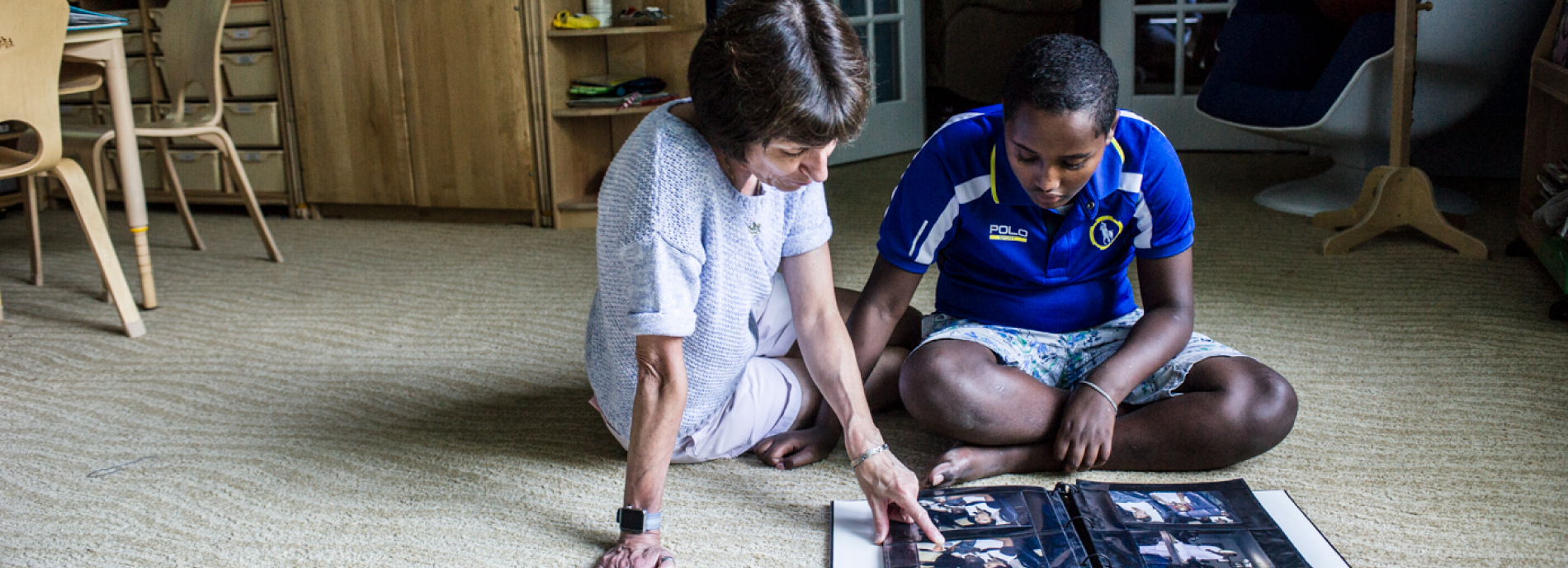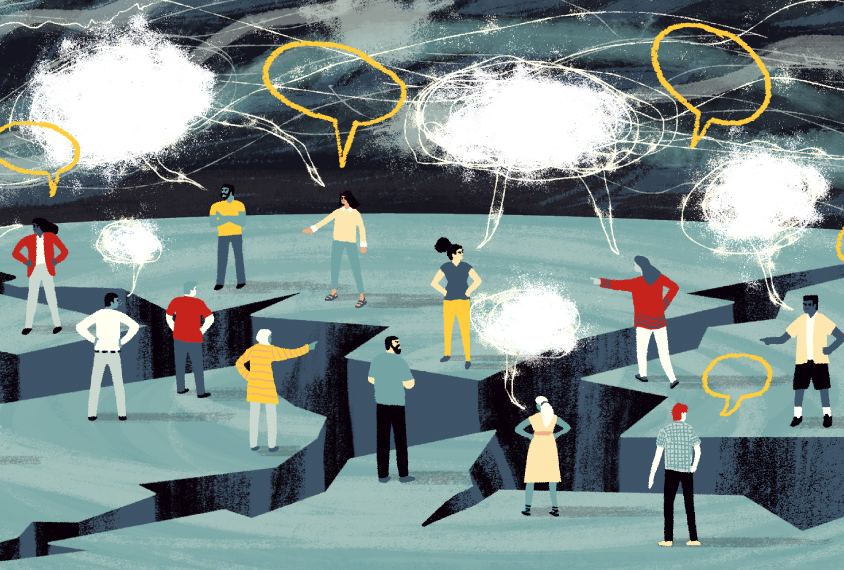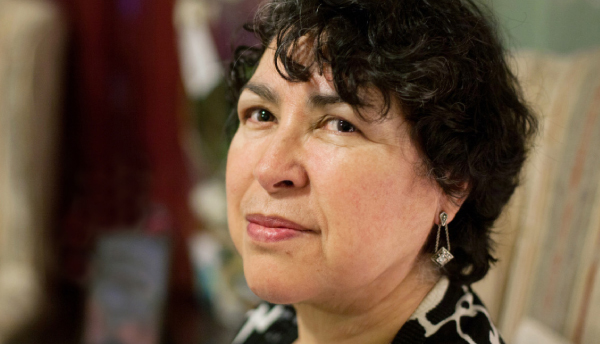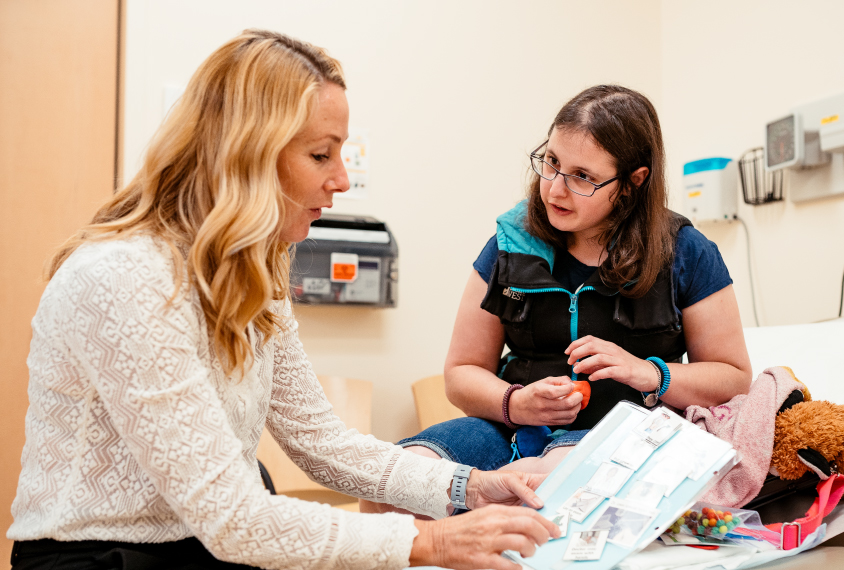Alisa Opar is a California-based science writer and the articles editor at Audubon magazine.

Alisa Opar
Freelance writer
Simons Foundation
From this contributor
In search of truce in the autism wars
The fight between those who define autism as a medical condition and those who see it as a mere difference has reached vitriolic levels. Can the two sides come together to support all autistic people?
New group faces backlash over its goals for severe autism
A new advocacy group for people with severe autism taps into the deep divide in the community over who should speak for those on the spectrum.

New group faces backlash over its goals for severe autism
How to help low-income children with autism
Autistic children from low-income families are undercounted and underserved, a gap community leaders are working to bridge.
The healthcare system is failing autistic adults
Adults on the spectrum frequently have a range of other conditions — but they rarely get the help they need.
Why children with ‘severe autism’ are overlooked by science
Children with ‘severe autism’ are the most in need of help, yet the most overlooked in research. A new initiative is making them the primary focus.

Why children with ‘severe autism’ are overlooked by science
Explore more from The Transmitter
The Transmitter’s most-read neuroscience book excerpts of 2025
Books by Nachum Ulanovsky, Nicole Rust, and Andrew Iwaniuk and Georg Striedter made the list of some of the year's most engaging neuroscience titles.

The Transmitter’s most-read neuroscience book excerpts of 2025
Books by Nachum Ulanovsky, Nicole Rust, and Andrew Iwaniuk and Georg Striedter made the list of some of the year's most engaging neuroscience titles.
Neuroscience’s leaders, legacies and rising stars of 2025
Here are seven stories from the past year about some of the field’s most engaging figures.

Neuroscience’s leaders, legacies and rising stars of 2025
Here are seven stories from the past year about some of the field’s most engaging figures.
The Transmitter’s top news articles of 2025
Check out some of our most-read stories, covering neuroscience funding and policy changes in the United States, and methodological issues in high-profile neuroscience papers.

The Transmitter’s top news articles of 2025
Check out some of our most-read stories, covering neuroscience funding and policy changes in the United States, and methodological issues in high-profile neuroscience papers.


